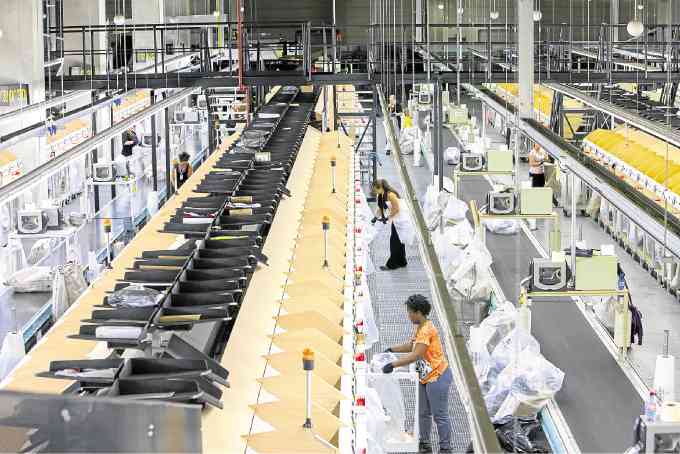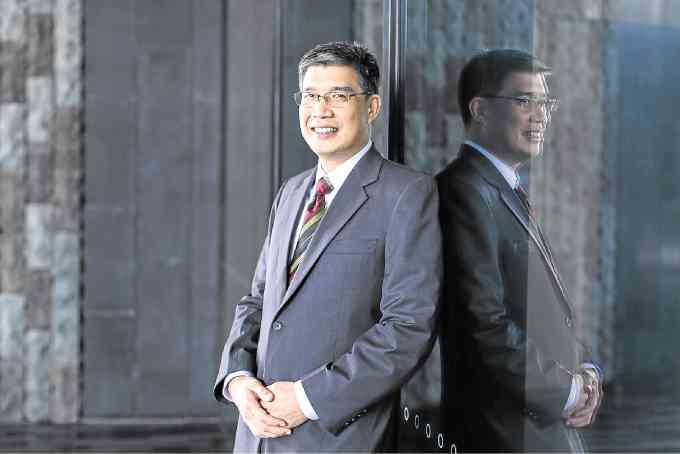How Filipino exporters can win new customers in Europe

To meet demands of urgent large shipments, exporters can ship via the UPS Worldwide Express Freight service.
Filipino businesses planning to expand their customer base should look to the European Union (EU).
The EU comprises the third largest population globally after China and India.
Its 500 million residents and first-class infrastructure make it an attractive market for Filipino businesses, and this is supported by the fact that the Asia to Europe trade lane is UPS’s fastest growing lane.
There are efforts being made by the Filipino government to improve market access to the EU. In 2016, the Philippines signed a free trade agreement with the European Free Trade Association (EFTA) to abolish all customs duties on industrial products.
As of end-2016, the export value to the EFTA countries has already increased by 46.27 percent, with aircraft parts and electronic and electrical machinery, equipment, and parts among the top five exports to this trade bloc. The EFTA covers Iceland, Liechtenstein, Norway, and Switzerland.
Article continues after this advertisementBut there is still room for growth.
Article continues after this advertisementWith the Department of Trade and Industry (DTI) encouraging industries, including the automotive and auto parts industries and the electronics industries, to move up the value chain, the EU is one market local businesses should explore. But to successfully penetrate the EU, exporters will have to better understand how their supply chains should adapt.
Simplify the shipping process
One of the most common problems exporters encounter when shipping to the EU is fulfilling customs clearance requirements. Exporters are required to complete the customs form and provide accurate information to prevent customs holds or any additional taxes and duties.
For every good exported to the EU, it must be declared to the customs authorities using the Single Administrative Document. Some of the information that exporters will need to declare in the document include commercial and financial information, import licenses, and inspection certificates.
Here is where it becomes tricky. Different goods will require different information, and when you export to multiple EU markets, you will have to submit the forms drawn up in different languages depending on what is acceptable to each EU market.
At UPS, we have helped many businesses export to the EU and we understand their pain points. We developed a solution that helps businesses ship packages to multiple recipients within the EU as one shipment that clears customs as a single transaction. The UPS World Ease helps simplify shipment processes and reduces the cost of multiple shipments. It helps businesses save both time and money.
Efficient supply chain management
The efficiency of supply chains in the automotive, auto parts and electronics industries relies on the delivery of the components. If you are supplying components to a manufacturer in the EU, you will need to meet the urgent deadlines in order to sustain a long-term relationship.
In these complex value chains, exporters must be ready to provide a higher level of coordination between sourcing, manufacturing, distribution, and customer service to ensure that customers’ needs are fulfilled. One late delivery can lead to a delay in the completion of a prototype, a failed product launch, or the loss of confidence of a major customer.
Working with a logistics provider that has the speed, network and capability to support complex value chains is the key to success. At UPS, we see ourselves as an extension of our customers’ business that is why we offer guaranteed delivery that offers reliability and assurance.
To meet demands of urgent large shipments, exporters can ship via the UPS Worldwide Express Freight service. With guaranteed delivery by the second business day to Europe for palletized shipments and value-added services such as Saturday Delivery and UPS Returns, exporters can set up a more efficient and integrated supply chain that are better suited to meet the demands of their European customers.
Collaboration is key to success
While expanding to Europe may seem like a challenge, having the right tools and partner can help local Filipino businesses become the supplier of choice for EU businesses and help them move up the value chain.
With the Philippines looking to lay down a strong foundation for future economic growth, exploring new markets and working with new customers can help exporters sustain their momentum and stay competitive with the rest of the region. —CONTRIBUTED
